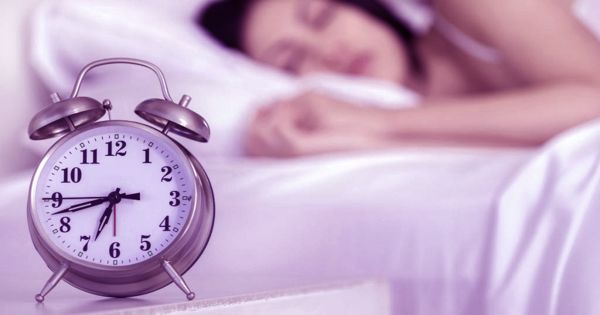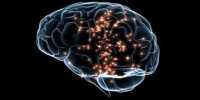When you fall asleep, it’s safe to believe that your brain slows down, but studies at the University of Michigan show that classes of neurons that have been stimulated through previous learning keep the brain humming and tattooing.
U-M researchers have studied how memories associated with a single sensory experience are created and retained in mice. In a study undertaken prior to the coronavirus pandemic and recently published in Nature Communications, the researchers looked at how fearful memory was developed in response to particular visual stimuli. Focusing on a small collection of neurons in the primary visual cortex, the researchers performed a visual memory test. A group of mice showed a neutral image and expressed genes in the visual cortex neurons stimulated by the image.
A study of the University of Michigan suggests that groups of neurons activated during prior learning keep humming, tattooing memories into the brain when one slips into sleep.
They find that not only did the neurons triggered by the visual stimuli remain more active during subsequent sleep, but sleep is also essential to their ability to link the anxiety memory to the sensory event.
To check that these neurons had detected a neutral picture, the researchers checked whether they could trigger the memory of the stimulus image by selectively triggering the neurons without displaying the image. When they stimulated the neurons and combined the activation with a slight foot shock, they discovered that their subjects would then be fearful of visual stimuli that appeared close to the image of the encoding cells. They also found the opposite to be true: after combining the visual stimuli with the foot shock, their subjects will respond with fear to the reactivation of the neurons.
A previous study has found that brain areas that are particularly active during intense learning appear to exhibit more activation during concurrent sleep. But what was not apparent was whether this “reactivation” of memory during sleep needed to properly store the memory of the recently acquired information.
“Part of what we needed to learn was if there is coordination between areas of the brain that mediate fear memory and the individual neurons that mediate the sensory memory that fear is linked to. How do they talk together, and they have to do that when they’re asleep? We would really like to know what is promoting this mechanism of creating a new connection, such as a certain group of neurons, or a specific stage of sleep, “Sara Aton, senior author of the study and professor at the U-M Department of Molecular, Cellular and Developmental Biology, said. “But there was still no way to try this experimentally for the longest time.”
Researchers also have resources for genetically tagged cells that are triggered by experience in a particular time window. Focusing on a small set of neurons in the primary visual cortex, Aton and the lead author of the research, graduate student Brittany Clawson, performed a visual memory test. A group of mice showed a neutral image and expressed genes in the visual cortex neurons stimulated by the image.
To check that these neurons had detected a neutral picture, Aton and her team checked whether they could trigger the memory of the stimulus image by selectively triggering the neurons without displaying the image. When they stimulated the neurons and combined the activation with a slight foot shock, they discovered that their subjects would then be fearful of visual stimuli that appeared close to the image of the encoding cells. They also found the opposite to be true: after combining the visual stimuli with the foot shock, their subjects will respond with fear to the reactivation of the neurons.
“Basically, the precept of the visual stimuli and the precept of this fully artificial neuron stimulation produced the same result,” Aton said. The researchers discovered that there was no anxiety associated with the visual stimuli when they disturbed sleep after they showed the participants a picture and gave them a slight foot shock. Many with unmanipulated sleep also come to fear the specific visual sensation that has been associated with the foot shock.
“We found that these mice actually became afraid of every visual stimulus we showed them,” Aton said. “From the time they go to the chamber where the visual stimuli are presented, they seem to know there’s a reason to feel fear, but they don’t know what specifically they’re afraid of.”
This is likely to demonstrate that, in order to make an effective fear correlation with a visual stimulus, the sleep-associated reactivation of the neurons encoding that stimulus in the sensory cortex, according to Aton, is needed. This causes the memory unique to the visual cue to be produced. Researchers believe that at the same time, this sensory cortical region must interact with other brain systems in order to combine the sensory component of memory with the emotional aspect.
Aton suggests their results may have consequences for understanding anxiety and post-traumatic stress disorders. “To me, this is a kind of hint that says that if you attach fear to a very specific event during sleep, sleep disturbances can influence this mechanism. In the absence of sleep, the brain appears to be managing to digest the fact that you are scared, but you might not be able to connect that to what you might be afraid of, “Aton said that. “This specification method could be one that goes awry with PTSD or generalized anxiety.”
















